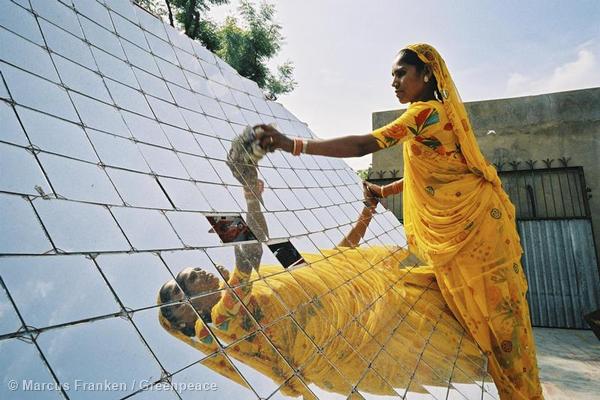India and China have been considered political and economic rivals since the first days of their statehood. But the true relationship between the two countries is a great deal more complex. The proof of this is that there have been three visits by top members of the two governments to each others’ capitals in the past twelve months. Indian prime minister Narendra Modi’s two-day visit to China on May 14-15 will be the fourth.
The India –China relationship has revolved for the past two decades around three main issues – attempts to settle the long standing Himalayan border dispute; a desire to cooperate with each other on key international issues, and the immense potential that each country senses for trade and investment with the other.
But there is a fourth issue that is slowly gaining salience in the relationship. This is a race to exploit the abundant water resources of the Yarlung-Tsangpo/Brahmaputra river basin. Beijing attaches primacy to the first, India to the third. But progress on both fronts is bedevilled by their inability to put the second to rest. Competition over the Brahmaputra waters is likely to make the border dispute less tractable.
Raising the level of strategic cooperation with India at a time when the international order is verging on chaos comes first on China’s list of priorities. China’s president Xi Jinping has made no secret of his belief that the two countries need to cooperate closely on strategic issues to restore some semblance of order once more.
Border disputes overshadow progress
But the possibility of a wider strategic dialogue and real progress in resolving the border issue was sabotaged when Chinese troops surrounded an Indian outpost at Chumar in eastern Ladakh days before Xi was to arrive in India in September 2014. The confrontation overshadowed all the talks he held with Modi, and was ended only after he issued a stern reprimand to the PLA military command two days after returning from India.
Today, on the eve of Modi’s visit, Chinese spokespersons are making no secret of their hope that the two countries will be able to make real progress in resolving the border dispute, in order to pave the way for strategic cooperation on international issues. They have repeatedly depicted Mr Modi as ‘a strong man’ and ‘reformer-in-chief’, who can take ‘strong decisions’.
Huang Xilian, deputy director-general of Asian affairs in the Chinese foreign ministry, told Shastri Ramachandran, a senior Indian journalist, that prospects for settling the border issue “are good so long as the two leaders show(ed) strong political will”.
There have been no statements by Indian officials on what Modi hopes to achieve during his visit to Beijing, but the possibility of a breakthrough on the border dispute has been clouded by the growing disenchantment within India with the performance of his government during the year that it has been in power.
The main cause is his failure to revive the Indian economy. Agricultural growth is averaging 2% and industrial growth is stuck at just 2.8%, only a shade higher than what it has recorded during the previous three years. Investment is at a standstill because the government has not been able to remove either of the two hurdles to growth that brought the previous government down—prohibitively high rates of interest, and a total inability to free land needed for development projects. The two together have ensured that India’s infrastructure bottlenecks to growth have continued to tighten.
Modi is banking upon foreign investment to fill the void in infrastructure investment. During Xi’s visit Modi invited China to invest in creating a high speed train system, the creation of ‘smart’ cities and renewable energy projects. Xi committed China to investing US$20 billion if India is able to remove a variety of legal hurdles, such as to the use of Chinese labour, from its statute books.
Chinese investment in Indian renewables
Solar energy tops the list of possible investments. India has set aside 35,000 km2 of land in the Thar desert in Rajasthan to set up a gigantic solar park and has a US$160 billion project to set up 100 GW of solar power generating capacity by 2022. China now accounts for seven of the ten largest solar panel manufacturers in the world.
But India’s domestic economic weakness could prove a roadblock here also. As Xie Jian, president of JA holdings, China’s largest solar manufacturer, remarked in January this year, “India has a big financing problem because its local interest rates are very expensive” and foreign exchange rates fluctuate widely.
If Modi is able to re-ignite economic growth in the near future, India will become an attractive investment destination for Chinese investors. Modi’s many procedural reforms of the past year have speeded up decision making. These will almost certainly push returns still higher.
Should a large part of this go into solar energy, it would lift the pressure the Indian government is under to build large hydro projects in Arunachal Pradesh. China may then also begin to have second thoughts on tearing apart the earth’s crust in this seismically dangerous area.
